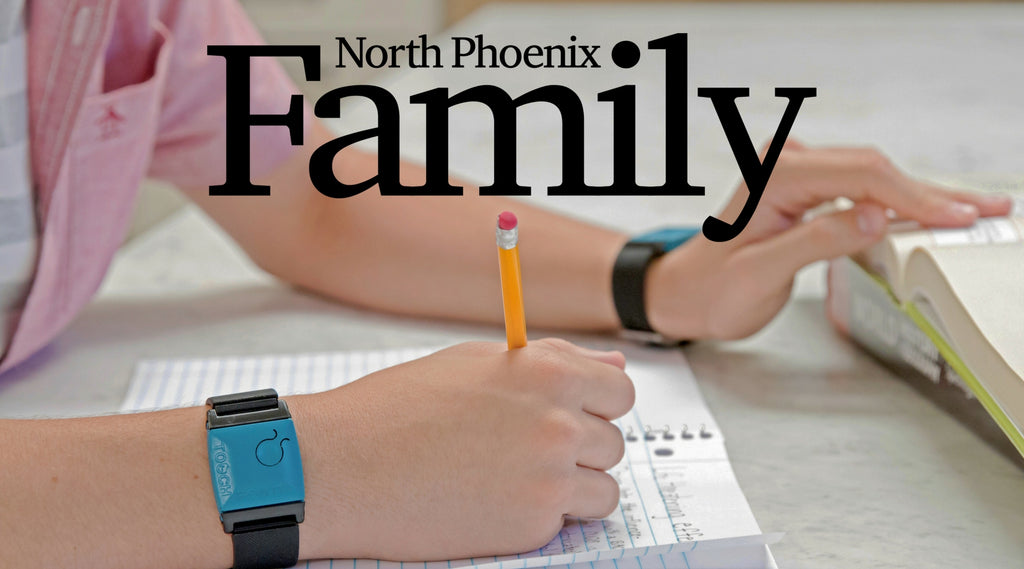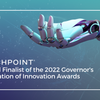It’s back to school time, and students are transitioning back to class with stress. A national survey of college freshmen found 50 percent reported feeling stressed most or all of the time and 36 percent did not feel as if they were in control of managing the stress of day-to-day college life.
 Students accept stress as a part of their daily lives without considering that cutting-edge neuroscience offers a quick, easy solution. In 2018, we have self-driving cars and blockchain –so why would we leave stress, sleep, and performance to chance?
Students accept stress as a part of their daily lives without considering that cutting-edge neuroscience offers a quick, easy solution. In 2018, we have self-driving cars and blockchain –so why would we leave stress, sleep, and performance to chance?
Enter TouchPoints, innovative neuroscientific wearables that can reduce stress by over 70% in as little as 30 seconds. Using gentle, haptic microvibrations called BLAST (bilateral alternating stimulation tactile), Touchpoints are designed to reduce stress non-invasively and help the brain restore calm nervous system functioning.
This is a game-changer for students juggling the demands of school – whatever their grade level. Here are three stress hacks students can use to reduce stress in real-time this semester, utilizing TouchPoints and other methods.
 #1 Before An Exam
#1 Before An Exam
As a neuropsychologist, I see many students who find it extremely difficult to perform well on exams. They study hard, master the material, but come test time, the brick wall of stress blocks their access to what they know they know and when the test is over, the answers flood in.
Create a routine to cool down beforehand. When stressed, logical thinking shuts down making it hard to access answers. De-stressing just before a test can improve performance and ensure that hard work pays off.
#2 Get Rid of Procrastination
Ever wonder why people avoid studying or can’t get started on a big project? Our sympathetic nervous system is designed to signal us to avoid things that are stressful or uncomfortable. When overwhelmed, people tend to do other things, wait until the last minute, or simply avoid tasks all together. The remedy? De-stressing while you think of a task and are engaged in the task can re-route those avoidant neural pathways into new ones that won’t have you procrastinating.
Students who use TouchPoints while thinking of an overwhelming project notice it suddenly doesn’t seem so overwhelming and are more likely to get started. When they use them while completing tasks, they often wonder how they felt so overwhelmed to begin with. Students who have used TouchPoints while studying have reported a 50 percent increase in engagement and a 27 percent increase in attention.
 #3 For a Better Night’s Sleep
#3 For a Better Night’s Sleep
Even one night of poor sleep can tank cognitive and academic performance the next day. But many students can’t fall asleep easily due to stress, which creates a perpetual cycle of poor performance and fatigue. Create a routine for kids before bedtime to wind down, and make sure that they stick with it.
At the End of the Day
Less stress can equal more productivity and time for fun, which we think could make for a fantastic 2018. That’s what I call better living through neuroscience.
Written by: Dr. Amy Serin

Leading clinical neuropsychologist, co-founder and Chief Science Officer of The Touchpoint Solution, Dr. Amy Serin specializes in the evaluation, prevention, diagnosis, and treatment of mental and behavioral brain-based issues.
*This article first appeared in North Phoenix Family Magazine on January 31, 2018, by Dr. Amy Serin. To read the full article, click here.





